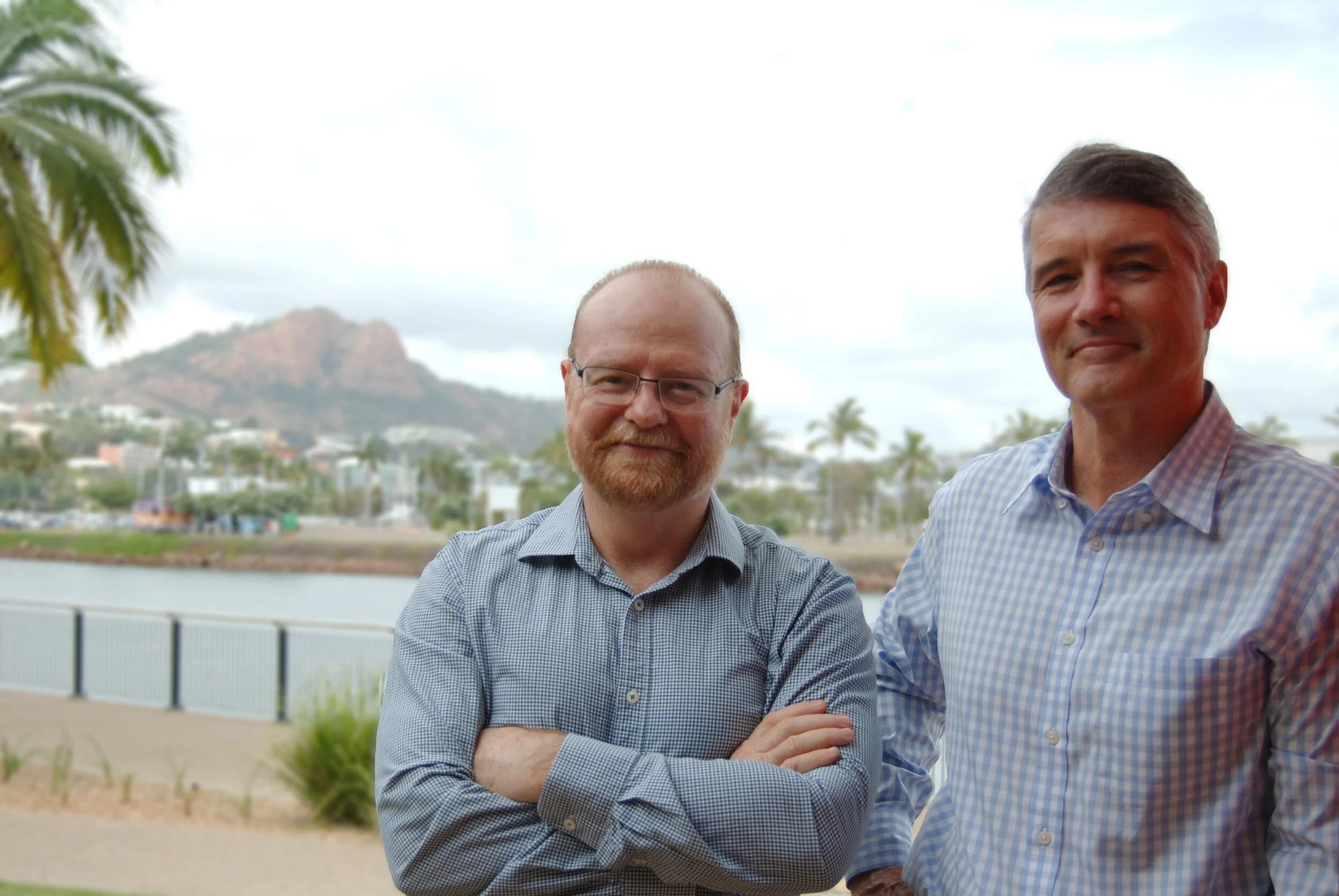Due Diligence and Risk Analysis are critical analysis tools that can be used to reduce risk and improve returns.
But what does that involve?
There are three key areas to which our Due Diligence analysis provides value to our clients –
1. Commercial Investment – The purchase of existing commercial, retail, or industrial property assets
2. Property Development Opportunities – Greenfield sites or redevelopment sites
3. Asset Portfolio Analysis – Strategic assessment of a portfolio of existing assets to maximise value and returns
We investigate all areas of property development and investment risk, including financial, physical, and intangible elements.
With that information we provide a comprehensive report that allows you to make the best and most informed decisions possible regarding your property assets.
Take a look at our Services page or get in contact with us to learn more about how we can help you reduce your risk and improve on your returns.
Don’t forget to check out our services page for more information.






















